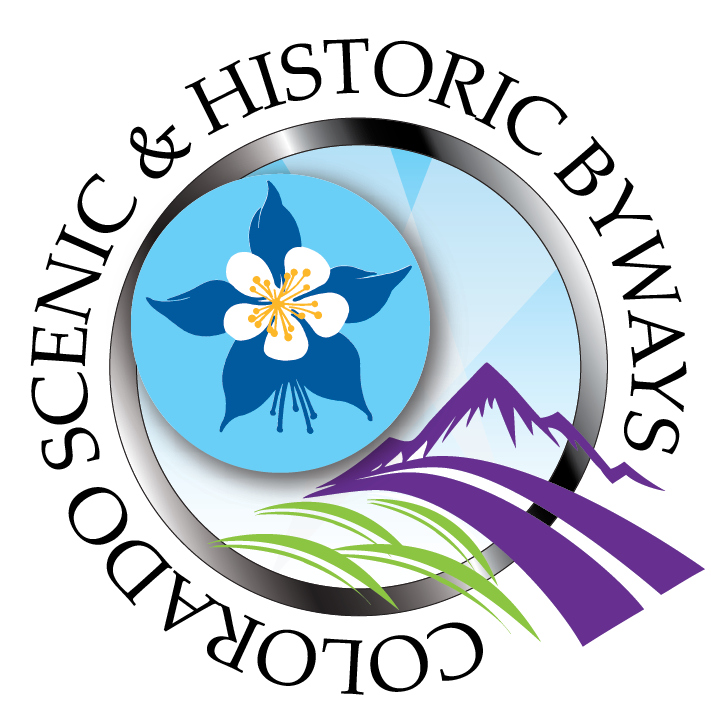Outcomes and Progress
Like most everything, conservation work is a work in progress. Below are highlights of what Keep It Colorado has accomplished since 2019. We feel these are a good measure of the value we provide not only to our coalition members but to the conservation movement in Colorado.
An additional marker of our success is the feedback we receive from members. Read our testimonials.
POLICY ADVOCACY
The coalition's critical advocacy and legislative successes have brought uniformity to the practice of conservation in Colorado, created a more enduring conservation easement program and set a high standard for public investment in the state tax credit program.
Highlights include:
In 2022, Governor Polis signed Condemned Conservation Easement Property Compensation (HB22-208) into law. The new law codifies valuation for conserved lands when they must be condemned, and ensures that the fair-market value of the property includes the value of the conservation easement.
In 2021, Governor Polis signed Conservation Easement Tax Credit Modifications (HB21-1233) into law. The legislation helps to accelerate land conservation in a state threatened by the ongoing climate crisis and population growth, and ensure that the state's conservation easement tax credit program functions more effectively and efficiently. The law was the result of the coalition's legislative work over a two-year period.
In 2019, Keep It Colorado gained overwhelming bipartisan support for legislative efforts. We led efforts for the successful passage of HB19-1264, which reauthorized Colorado's conservation easement program. That legislation created a working group to address operational challenges of the program, strengthen future conservation efforts and protect the investments Colorado communities have made in conservation.
In 2018, the coalition advocated for the creation of the Division of Conservation and the extension of Conservation Easement Oversight Commission. That year the coalition's members and partners also formed a leading voice in collaborative efforts to reauthorize the Colorado Lottery, protecting it as an important funding source for conservation. This success demonstrated the need for a more unified, central voice for conservation, and helped guide the relaunch of the coalition as Keep It Colorado in 2019.
HEALTH & SUSTAINABILITY SOLUTIONS
Conserving Colorado: A 10-year Roadmap for the Future of Private Land Conservation: Designed by and with the conservation organizations and partners that comprise the Keep It Colorado coalition, this collaborative plan has rallied land trusts and other conservation-minded groups around common goals for land, water and species protection in Colorado – while carefully considering the many needs of people and how they interact with and live on the land. The plan also allows for individual organizations to bring their mission-driven work forward to serve a bigger vision for the future of conservation. Building on the conservation successes of the past several decades, Conserving Colorado offers a roadmap with goals to double conservation impacts over the next decade. Learn more.
Emerging Conservation Opportunities (ECO): With investments from GOCO, we launched an initiative to advance land conservation and support a thriving land conservation sector, with a discrete focus on projects that respond to the highest priority needs and opportunities facing the conservation community. In 2022-2023 these included:
Conservation Catalyst Fund: Continue to offer the Transaction Cost Assistance Program (TCAP), which we launched in partnership with GOCO in 2021. Since then, the program has become one of Keep It Colorado’s most popular and valuable offerings for coalition members. Without this assistance, landowners may have been forced to sell or convert their lands to other uses, putting critical working lands, ecosystems, biodiverse wildlife and plant habitat, and scenic viewsheds at risk of being lost forever. Learn more.
Conservation Community Health and Sustainability: Partnered with Land Trust Alliance to offer trainings and grants to help land trusts advance organizational health through capacity building and diversity, equity and inclusion; and developed a leadership cohort to create a conservation sector that is more diverse, equitable and inclusive and support community-centered conservation efforts.
MEMBER CONNECTION & COALITION BUILDING
We have convened hundreds of participants at peer-learning opportunities where members and partners can learn from each other and from other industry experts, as well as explore and create solutions to emerging issues and opportunities together. These include an annual policy summit; an annual spring summits; conservation showcases; trainings and workshops; roundtable conversations; information seminars and more.
We provide educational toolkits and resources for members, such as our Advocacy & Outreach Toolkit, Storytelling Toolkit, Making the Case for Conservation Toolkit, A Brief Guide to Conservation Easements, A Resource for Landowners Considering Voluntarily Conserving Their Property, A Resource for Landowners Who Purchased Land with a Prior Conservation Easement, and Next-generation Councils: A Toolkit for Getting Started.
We host and maintain a member portal and website containing accessible resources for members only, including downloadable toolkits, fact sheets and webinar recordings; chat forums; educational resources; and a member directory.
We host a series of virtual "Circle" calls for members to come together to discuss and brainstorm challenges, opportunities and solutions related to their specific work focus. Circle calls are for land trust executive directors, stewardship and conservation staff, communications and development staff, and operations staff. New in 2023 was the creation of a DEIJ Cohort circle call focused on diversity, equity, inclusion and justice.
Keep It Colorado has grown its membership after garnering the attention and interest from other conservation-focused organizations that share similar goals for protecting Colorado's natural resources.
ADVANCING A CULTURE OF CONSERVATION
Understanding that landowners are the best stewards of the land and have much to teach others about conservation, we’ve created a series of stories, “Learning from Landowners,” that elevates the voices of landowners and shares their successful approaches. Covered topics cover the gamut, ranging from water loss, regenerative grazing, and native plants and wildlife habitat protection, to wildfire mitigation, wetlands management and tribal lands protection.
We share educational messages about the importance of conservation and highlight examples of on-the-ground conservation across the state, via materials like the “Creating a Colorado Where People, Lands, Waters and Wildlife Thrive” video and the “Conserving Colorado: A 10-year Roadmap for the Future of Private Land Conservation” video.
We celebrate and honor people and organizations that give so much to conservation and to Colorado, through events like our inaugural 2022 Fall Reception: Conservation Heroes Awards Ceremony and Colorado the Beautiful - A Tapestry of Photos.
We launch education campaigns via social media and digital marketing to spread awareness about the public benefits of private lands conservation and stewardship, highlight our members’ the on-the-ground conservation projects, and encourage people to get involved in local conservation and stewardship efforts.
We regularly present the coalition's work at industry conferences, including Colorado Parks and Wildlife’s Partners in the Outdoors, Colorado Open Space Alliance’s annual conference and Land Trust Alliance’s Rally, as well as other industry events across the state.
We reciprocate by partnering with and joining other statewide initiatives - such as the Colorado Outdoor Partnership.
EMERGING ISSUES & OPPORTUNITIES FORUM
Statewide strategic plan: During an 18-month process, embarked on a process to hear from the conservation community about their priorities and goals for a 10-year vision for private lands conservation in Colorado, and worked collaboratively with the community to develop a roadmap. Learn more.
Polling and research: Conducted public opinion surveys and research demonstrating the high value Coloradans place on conservation, easements and the tax credit; and demonstrating the strong economic and ecological public return on investment of conservation. Learn more.
Alternative valuation: Launched a program to develop an alternative valuation method that would give landowners a choice about how to determine a proposed conservation easement value for their property, while maximizing opportunities to conserve wildlife habitat, water resources, healthy soils and other land conservation values.
Remote Monitoring Program: In the pandemic, land trusts and landowners were reluctant to meet in person for annual property monitoring. In response, we created a pilot regranting program to enable members to purchase remote monitoring technologies, such as satellite and aerial imagery, to monitor their conserved properties and test the use of these technologies for creating greater efficiencies in the future. Learn more.
Arkansas Basin Conservation Alliance case statement: We developed a 17-page report that tells the story of collaborative conservation in the Arkansas Basin. Based on facilitated conversations with Arkansas Basin land trusts and statewide partners, the report is a blueprint for talking about regional-scale conservation and the many economic, ecological and social benefits it provides. It serves as a tool to attract more investment in conservation in this diverse region of the state as well as foster more opportunities for strategic collaboration. Learn more.















